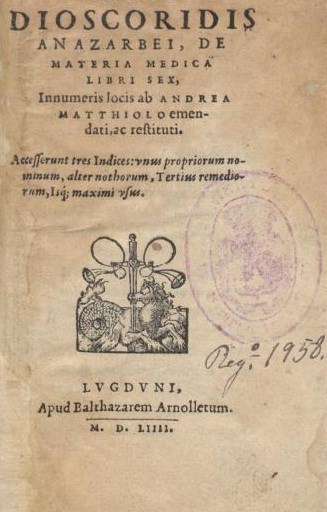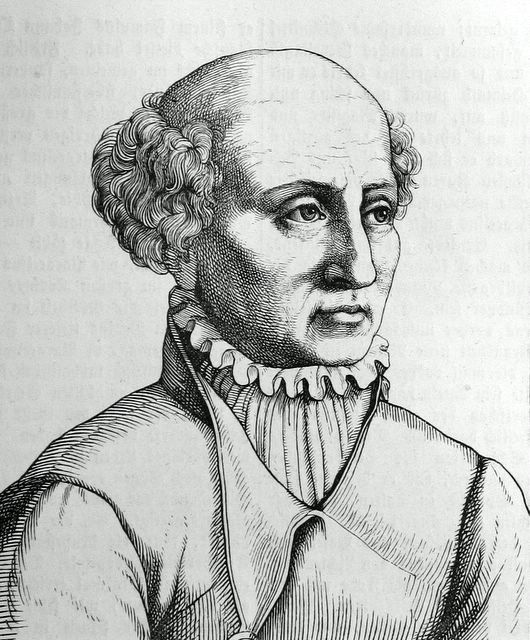Ancient Medicine And The Walnut Tradition
The theory of walnut in medicine began in the ancient Mediterranean world. The walnut was a pillar of a healthy diet in Greece before the modern era. Its medicinal virtues were detailed in various Greek and Roman medical writings. Dioscorides, a Greek physician in the Roman army living in the first century C.E., traveled extensively and learned many Mediterranean plants. His only surviving work, Materia Medica, was completed about the middle of the first century. In it, Dioscorides explains how walnuts were cures for various ailments.

Walnuts Resemble Brains And Were Used As Ancient Cures
In his writing work, Dioscorides first considered, in his expert opinion, that walnuts looked like brains. His thesis was that mental conditions should be alleviated with fresh walnuts. This list was broad, ranging from Autism to concussions and allergies. The writings of Dioscorides talk about his belief in this as a serious medical practice. These recommendations would appear in subsequent medical works for almost two thousand years.
This focus of the study was shared by Aelius Galenus, also known as Claudius Galenus, Galen of Pergamon, and Galen. He lived from approximately 129 AD to 200 AD. Dioscorides and Galen both promoted versions of the “Doctrine Of Signatures”, which said that plants resembling various organs and features made effective remedies for those parts of the body. This included a variety of foods, including walnuts. The Greeks called walnuts karyon, or “head”. Most likely because the shell resembles the human skull and the kernel bears a resemblance to the brain.

Doctrine of Signatures
The doctrine of signatures was revived and expanded in Europe during the Renaissance. Paracelsus, a sixteenth-century German/Swiss physician and botanist, popularized it. Paracelsus, and healers in many disciplines, called walnuts “the perfect signature of the head” and “the very figure of the brain”. Therefore, using the Doctrine Of Signatures, the walnut was considered very beneficial for the brain. Not just supportive for the brain when ingested but also used in an oil or paste to cover the exterior of the head.
Few other Renaissance-era herbalists or physicians believed that walnuts could cure maladies related to the head. Some researchers are quoted, referencing walnuts within the Doctrine Of Signatures. By the nineteenth and twentieth centuries, the Doctrine Of Signatures was being referred to mockingly. Considered absurd and an example of debunked “science” that has no place in modern medicine. Since the discovery of the Scientific Method, the concepts of the Doctrine seem out of date.

Walnuts in Medicine Today
Recent studies have suggested that consuming walnuts might improve cognitive functioning after all. The black walnut was previously promoted as a cancer cure because it kills an unnamed “parasite.” However, according to the American Cancer Society, “available scientific evidence does not support claims that hulls from black walnuts remove parasites. [They are not] effective in treating cancer or any other disease”.
In conclusion, walnuts are still a superfood worth adding to your diet regardless of their ability to cure ailments. To clarify, the recent data on walnuts arrives as the result of modern-day studies and continuous research, not simply because they resemble brains in appearance.


